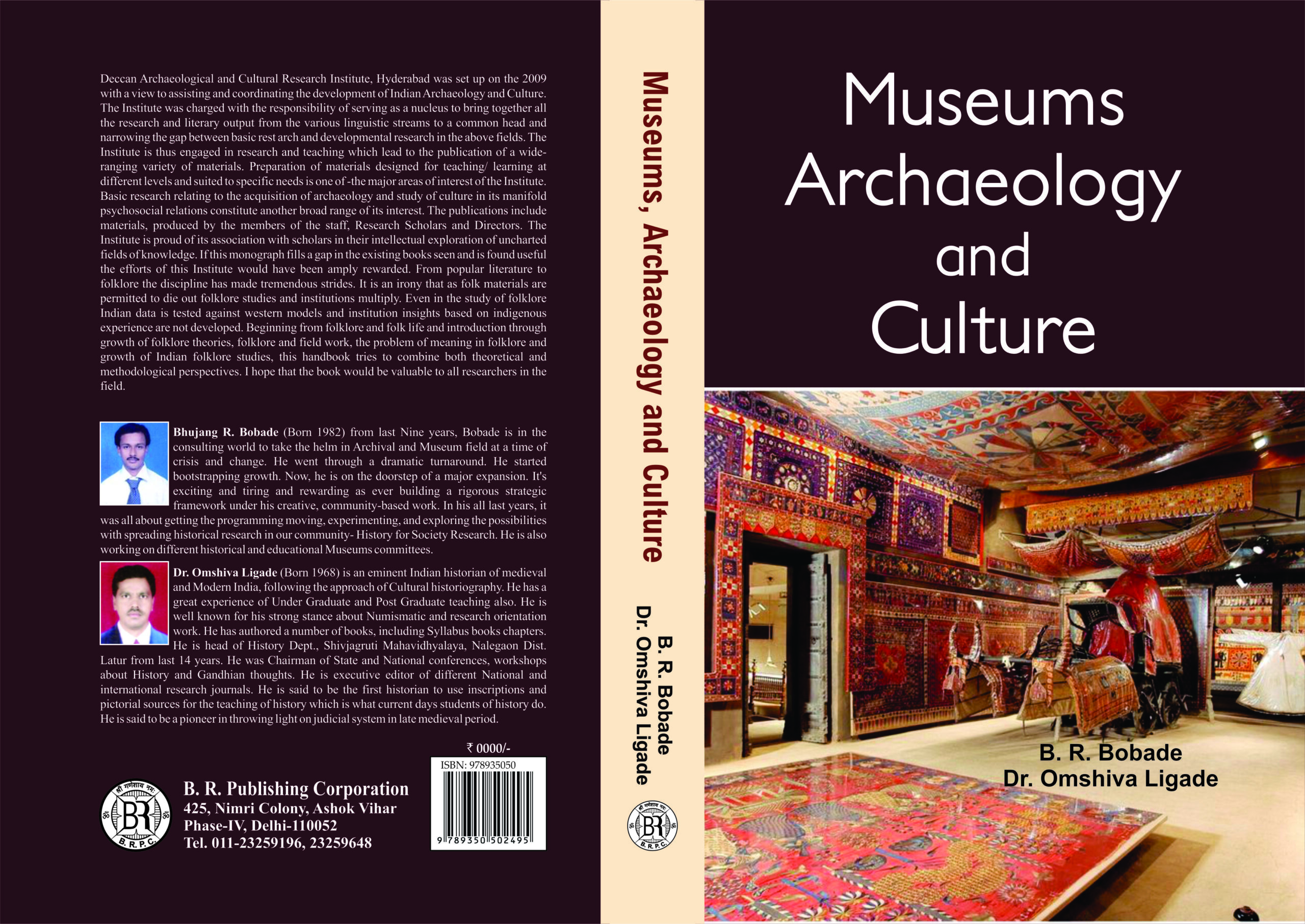Museums &
Archives
Bhujang Ramrao Bobade
The benefit of historic preservation come in many forms. The prime benefit of historical restoration is always education. It also includes both public and private benefits. Historic preservation safeguards a community’s heritage, making it available to future generations for civic enjoyment and educational activities. in addition, the conservation and maintenance of historic resources and seenic areas fosters civic beauty and bolsters community pride.
But for Preservation and Fumigation Museums and individual collector thoughts that it is a very hard and costly process but now a days it is very easy and not so costly. The simple methods for different archaeological and aarchival artifacts here in this book we have mention about all simple and cheap methods. So, any one use it for to preserve Historical objects.




